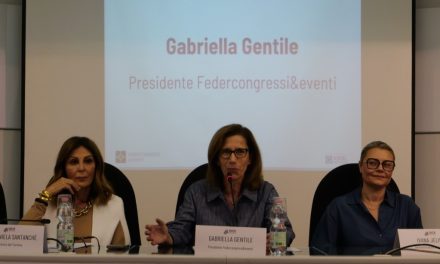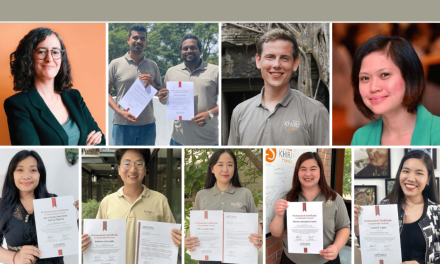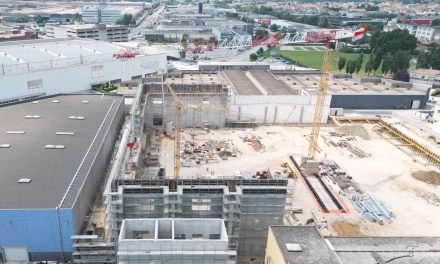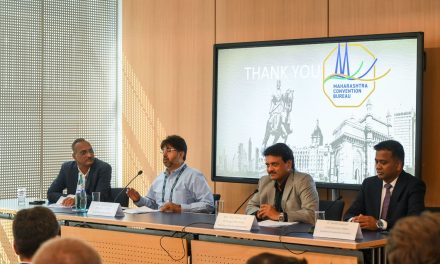Helsinki. This June a unique manual is being published for the Finnish meetings industry to encourage companies to provide their services in keeping with the principles of sustainable development. In November 2008 the Finland Convention Bureau (FCB) launched a pilot project to draw up guidelines for environmentally responsible meetings. FCB commissioned Travelcon Oy to implement the project.
To support the manual, reference information was gathered this spring from environmental reviews carried out among companies providing meetings, accommodation and transportation services in Hämeenlinna, a member city of FCB. The intention is to reproduce these guidelines for use by future meetings among FCB’s member cities and companies.
The new manual includes details about the environmental impacts of events, focusing on climate change caused by carbon dioxide emissions. CO2 emissions have been calculated in accordance with “The Greenhouse Gas Protocol” published by the World Business Council for Sustainable Development (WBCSD). The calculation of CO2 emissions does not include arriving to and departing from the conference venue, as conference organisers in general cannot influence these aspects.
The manual also includes a conceptual model for meetings that serves as a tool for organising an environmentally responsible meeting. The idea is that conference organisers can use the conceptual model to analyse their own meeting and identify its environmental impacts. The environmental impacts caused by conference-related activities are generated primarily from the consumption of energy, water and chemicals, as well as from procurements and the waste created during the event.
The environmental impacts of meetings can be illustrated by asking what kinds of resources are required by the activities in order for them to function. In addition, the amount of energy, materials and other flows going in and coming out of each activity must be identified in order to assess the cause and effect ratio of the CO2 emissions.
The content of the manual provides meeting organisers and all related parties with a solid factual basis for assessing their own environmental impacts, as well as practical guidelines for establishing an environmental system. Companies can apply these guidelines to realise systematic environmental work aimed at providing sustainable services.




















